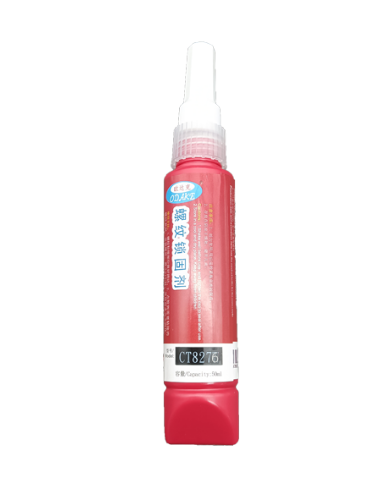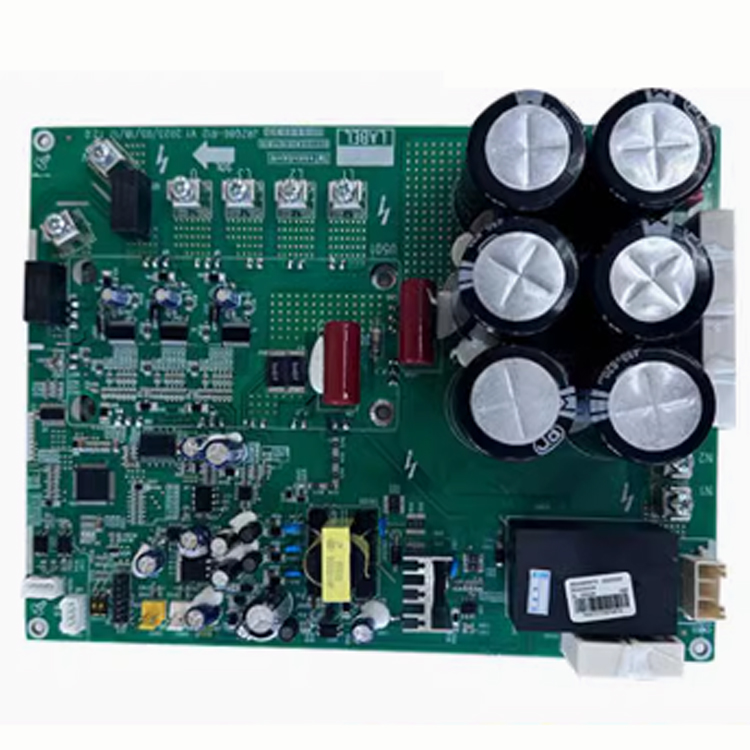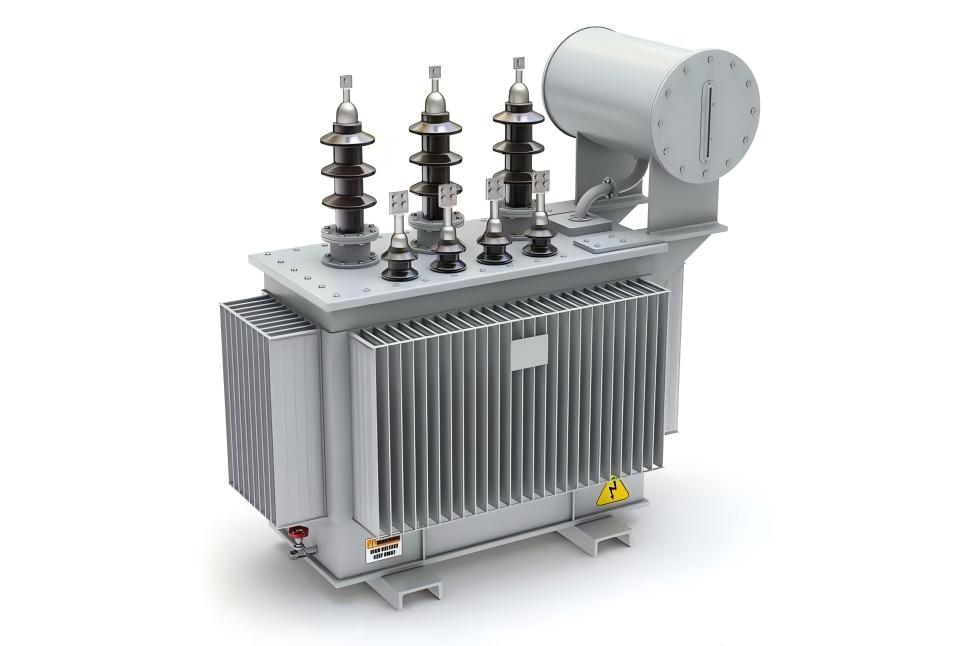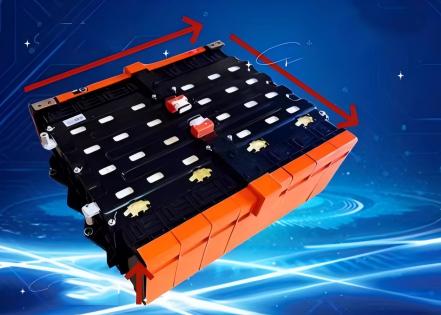
ODAKE CT7212 Thermal Gel is a low-viscosity, two-component silicone encapsulant designed for high-performance thermal management and electrical insulation in electronic components. It cures efficiently at room temperature or faster with heat, producing no by-products during the curing process.
This thermal gel is compatible with a wide range of substrates, including polycarbonate (PC), polypropylene (PP), ABS, PVC, and metals, maintaining stable and reliable performance across a broad temperature range from -40°C to 200°C.
Formulated to meet stringent EU RoHS and REACH regulations, ODAKE CT7212 is non-toxic, environmentally friendly(see ODAKE Certifications), and safe for use in sensitive electronics and demanding industrial applications. It delivers excellent adhesion, electrical insulation, moisture resistance, thermal conductivity, and aging resistance, making it an ideal choice for long-term protection and thermal management of electronic components.
Environmentally friendly and safe
Excellent electrical insulation
Moisture and environmental resistance
room temperature or accelerated heat curing
ODAKE CT7212 is widely used in the potting and encapsulation of a broad range of electronic components, particularly in applications requiring thermal stability, high humidity resistance, and long-lasting insulation. It has been extensively tested and trusted by OEM manufacturers across various industries.
Typical Applications Include:
Power supplies and power modules
LED lighting systems
Printed circuit boards (PCBs)
Electrical coils and transformers
Consumer electronics and household appliances



| Product Model | CT7212 | |||
| Component A | Component B | Inspection Standards | ||
Before curing | Appearance | White fluid | Transparent fluid | Q/ZS 1-2016 |
| Viscosity (cps) | 14500±500 | 50 | GB/T 10247 | |
| Mix ratio A:B (weight ratio) | 10:1 | Q/ZS 1-2016 | ||
| Potency | 1-1.5H | GB/T 10247 | ||
| Overall cure time | 8-12H | Q/ZS 1-2016 | ||
| Typical curing time | / | 24h@25℃或 2h@80℃ | ||
After curing | Hardness (shore D) | 25-35 | GB/T 531-200 | |
| Thermal conductivity (W/m·k) | 0.1-0.3 | GB/T 10294-2008 | ||
| Volume resistivity Ω·cm | ≥1×1014 | GB/T 1410-2006 | ||
| Breakdown voltage kv/mm) | 18-25 | GB/T 1410-2006 | ||
Disclaimer
The data provided in this document are representative values derived from actual measurements and routine testing. Hexu Xinwang assumes no responsibility for data obtained through unauthorized personnel or testing methods not approved by the company. Due to variations in application conditions, the above information should be adapted to the user’s specific circumstances. Hexu Xinwang accepts no liability for individual cases, including, but not limited to, any loss of profits.
Mixing Procedure
Measure the required amount of Part A and Part B according to the recommended mixing ratio. Pour each component into a clean, dry container, and stir thoroughly in one direction to ensure a uniform mixture. Vacuum degas the mixed material to remove air bubbles before applying.
⚠️ Avoid reintroducing any mixed or contaminated material back into the original containers of Part A or B. Seal and store components separately after use.
Mixing Tips
Stir along one consistent direction to minimize air entrapment.
Scrape and mix material along the sides and bottom of the container to prevent incomplete curing due to uneven mixing.
The larger the mixed batch, the shorter the pot life will be.
Higher ambient temperatures will accelerate the curing process, so adjust working time accordingly.
Curing Conditions
The material can cure at room temperature or faster under elevated temperatures. Choose the curing method based on production needs and substrate characteristics.
📧 Email:dghxxw888@163.com
📞 Phone: +86-769-81617120 | +86-13711910698
📍 Address: No. 23, Twelve Alley, Longyan East Road, Humen Town, Dongguan City, Guangdong Province


*We respect your confidentiality and all information is protected.
ODAKE is a trademark of Hexun Xinwang Adhesive.
We will arrange for a specialist to contact you immediately.